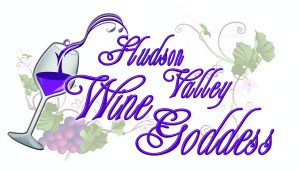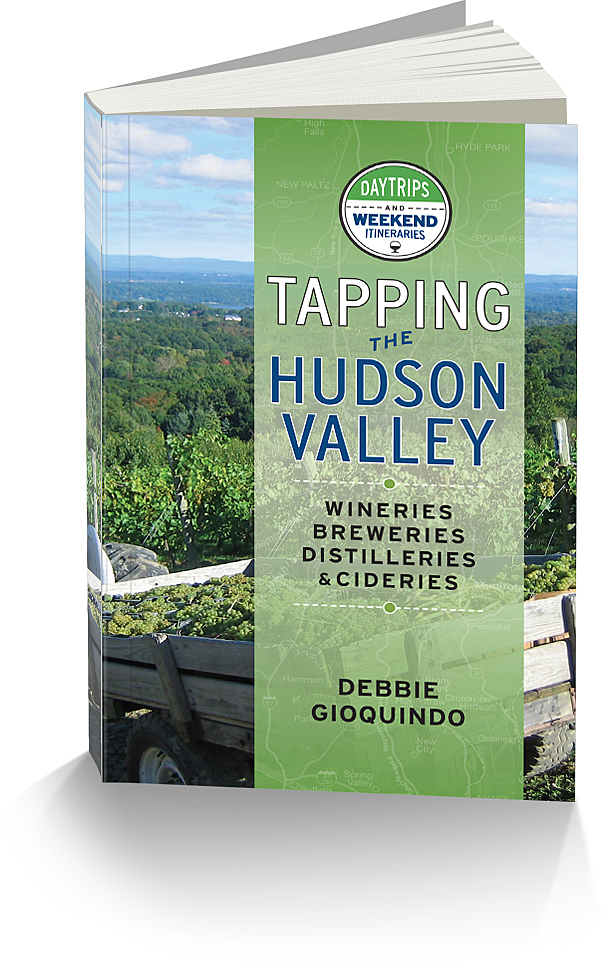Gran Selezione – Chianti Classico’s New Classification
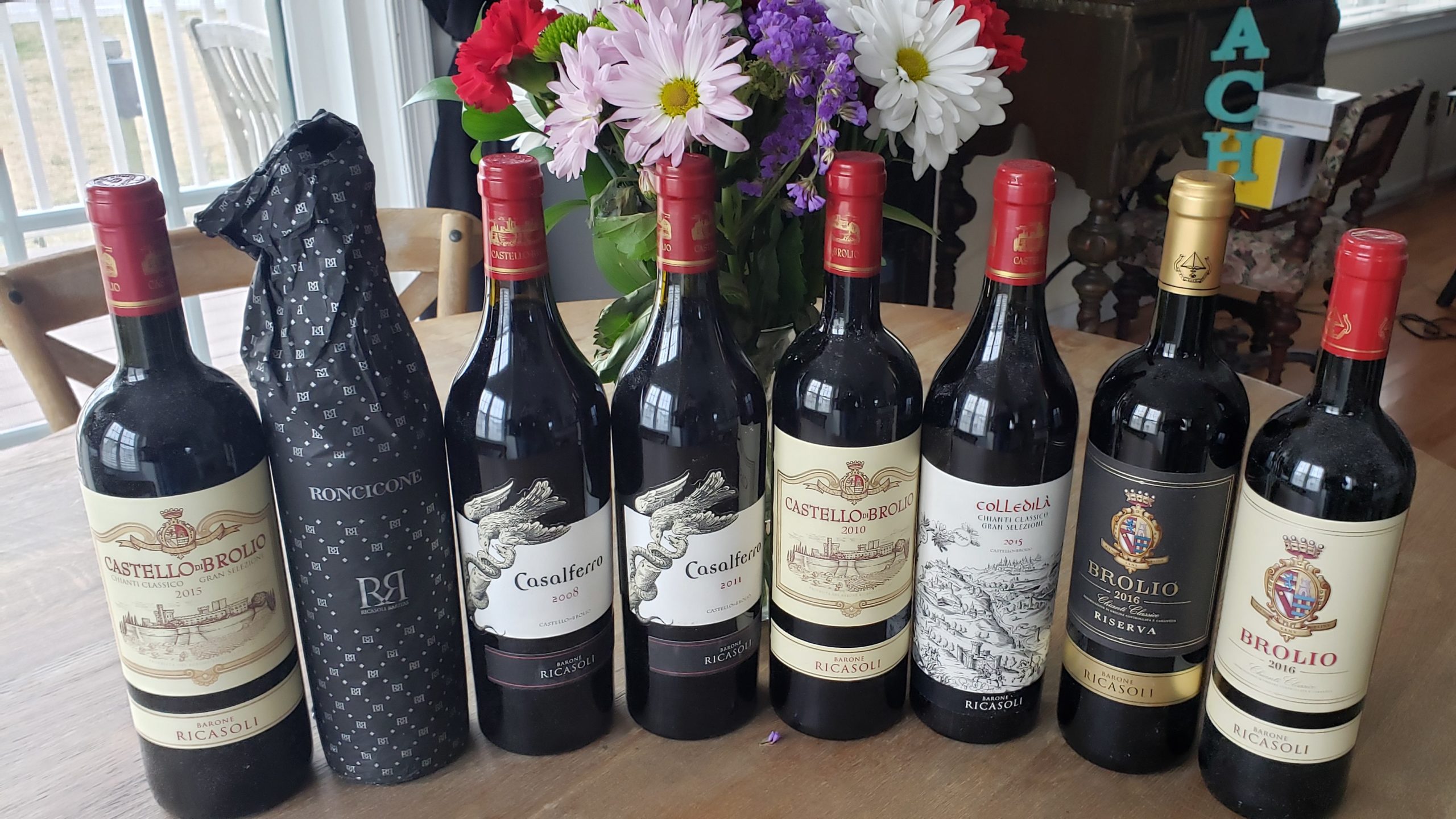
There is a new classification in Chianti Classico and it’s called Gran Selezione. Honestly, during #Winestudio is the first time I heard about this classification and tasted the wines. So what is it and why is it the top classification out of the region.
The Gran Selezione is the classification above Riserva. It was approved by the European Commission in February 2014 with the 2010 vintage. There are some vintages out there as early as 2006 that say Gran Selezione because they were grandfathered in as long as they met the requirements. The Gran Selezione represents 4% of the Chianti Classico production.
Requirements:
- All production must come from the same zone
- All must be estate grown grapes
- Maximum yield is 3.35 tons per acre
- If a winery leases a vineyard and makes GS from that leased vineyard, it’s considered estate grown
- It must be 80% Sangiovese all estate grown
- Minimum alcohol level is 13%
- Must be aged for 30 months and 3 months in the bottle
During our #Winestudio program our focus was on Ricasoli Wines. They are the oldest winery in Italy dating back to 1411. Although the Gran Selezione can be a blend they are moving to use more Sangiovese as well as producing 100% Sangiovese Gran Selezione. The estate vineyards selected for this classification can change from year to year, but there are many plots that are consistently part of the blend. Barone Francesco Ricasoli believes the Gran Selezione classification will benefit the entire group of Chianti Classico producers as this category shows how the appellation has been focusing on quality the past 15 – 20 years.
Ricasoli 1141 Castello di Brolio Chianti Classico DOCG Gran Selezione
This is Ricasoli’s flagship wine and just happens to fit into the Gran Selezione category. They have been making it since before the new classification was approved. We tasted two vintages the 2010 and 2015 and the two were had some similarities as well as differences. One of the items I noticed was that the 2010 didn’t say Gran Selezione on it. The 2010 was made with Brolio in mind and that style of wine as it’s evolved throughout the years. It met the criteria for Gran Selezione and it’s the first vintage year of the classification. The 2015 Brolio recognizes the success of the more recent vineyard plantings and the blend is slightly different with 10% more Sangiovese. The aging potential for these wines are 15 – 20 years.
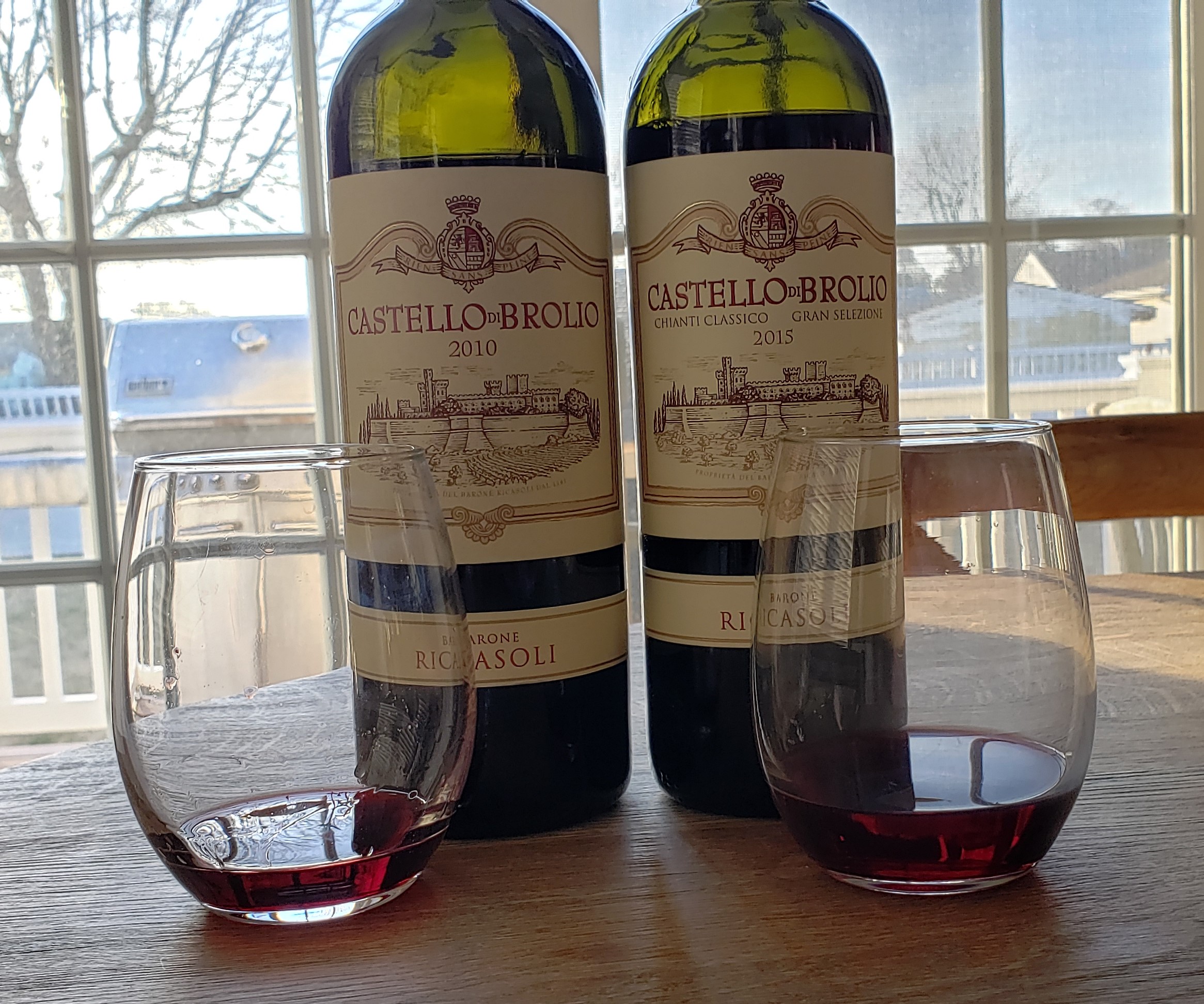
2010 Castello di Brolio Chianti Classico DOCG – This is Ricasoli’s flagship wine and just happens to fit into the Gran Selezione category. The wine is a blend of 80% Sangiovese 15% Merlot and 5% Cabernet Sauvignon. A very rich and elegant wine brickish in color with red fruit, leather, tobacco and plum. The tannins are very well balanced and it finishes with a little hint of cigar and clove.
2015 Castello di Brolio Chianti Classico Gran Selezione DOCG – This blend is 90% Sangiovese, 5% Cabernet Sauvignon and 5% Petit Verdot. The wine was a nice garnet in color. This wine was a little more fruit forward, but it is also younger than the 2010. Notes of red cherry, blackberry, plum, violet, cedar with a nice burst of black pepper spice on the finish.
Single Vineyard Gran Cru Gran Selezione
The single vineyard Gran Selezione are single vineyard designate with the focus on 100% Sangiovese spotlighting the soil composition on where the grapes are planted. It is their Gran Cru wines. The grapes were hand harvest with sorting done in the vineyard then gravity fed into the winery. The wine was aged in 18 months in large barrels of which 30% were new oak and 70% second use. Then the wine spent 12 months in the bottle. To be clear, the wines had the same winemaker, same treatment and were produced in the same territory. The difference lies in the soils, altitudes and microclimates within the vineyard and each wine has its own personality.
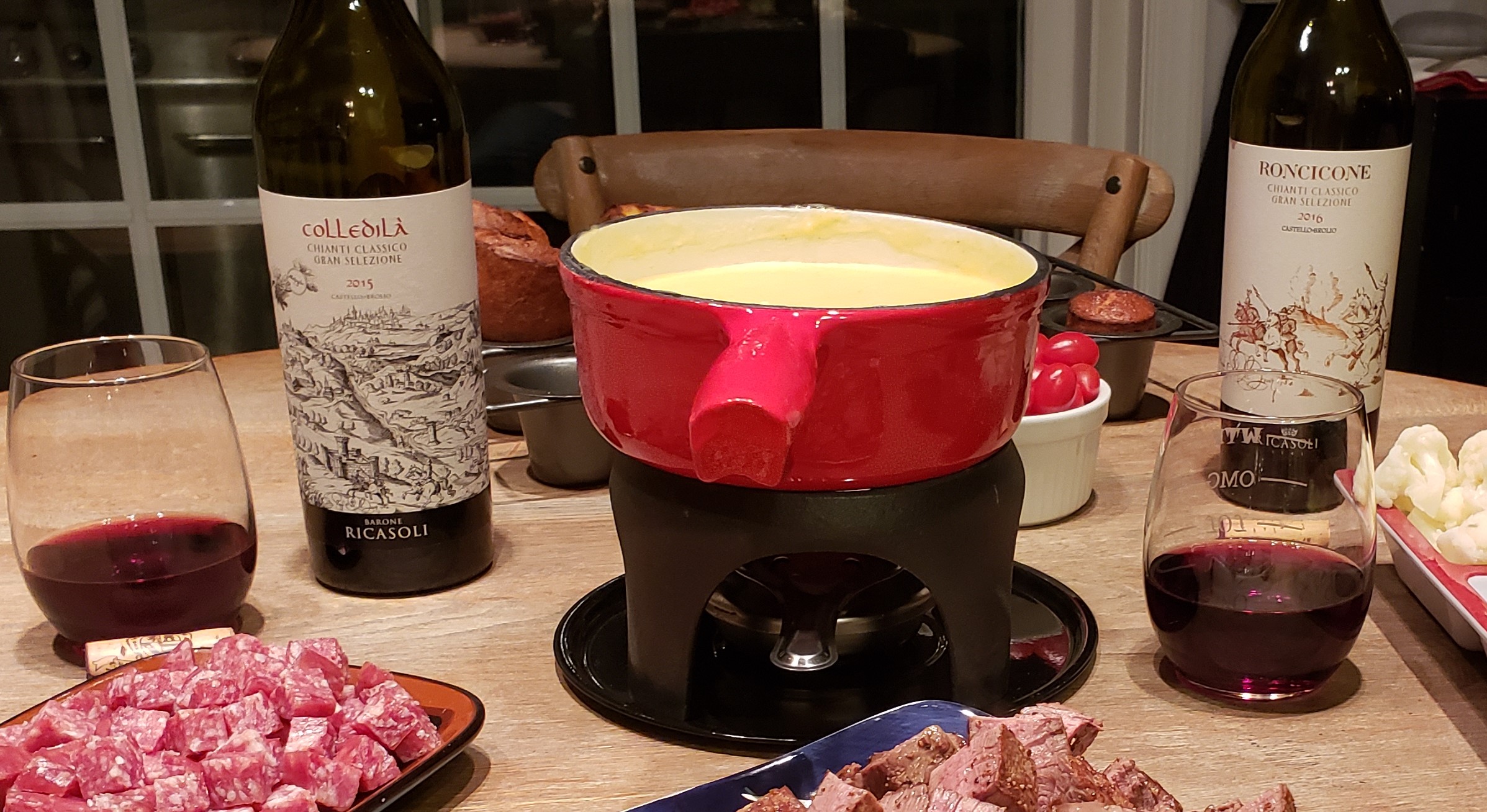
2015 Colledila Chianati Classico DOCG Gran Selezione – The Colledila vineyard is on a geological formation called Monte Morello. It’s seven hectares and is located 390 meters above sea level with a southeastern exposure. The soil is calcareous clay which is rich in calcium carbonate and poor in organic matter. It’s a cooler soil that has more water retention. The grapes are hand harvested and only the perfect clusters are chosen for this wine.
The wine is very complex, full bodied and well balanced. Notes of cherry, tree bark and spice come from the glass. The palate has fine tannins with notes of red cherry, black licorice and black pepper on a long lingering finish. As the wine opens the licorice notes become more pronounced along with notes of plum, defined red fruits. The wine really needs to be decanted. As it opens it comes into its own.
2016 Roncicone Chianti Classico DOCG Gran Selezione – This vineyard at 10 hectare is located on a Marine Deposits geological formation and sits at 320 meters above sea level with a southeastern exposure. The vineyard is more calcareous with marine sediment and sand and has better drainage. The grapes are handpicked and sorted and only the perfect clusters go into the wine.
Notes of clove, tobacco, red licorice and earth, this was Jen’s favorite of the two wines. (I don’t like to play favorites) The wine was a little less complex and a tad lighter on the palate than the 2015. Flavors of red and black cherry, plum and red licorice with nice acidity. As the wine opens there is a burst of pepper on the finish.
All these wines were pretty amazing. I know I am lucky to be able to be involved in programs like this to bring to you. It really educated me on Chianti Classico and the wines and classifications of the region. Next time you are in the wine store looking for an Italian red, let me know what you pick up.
